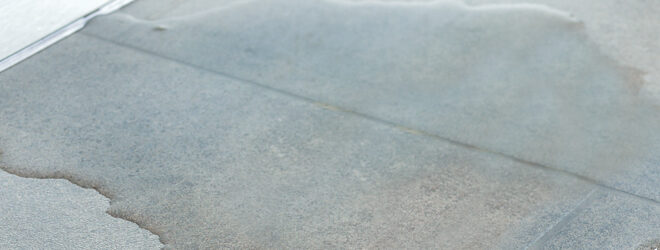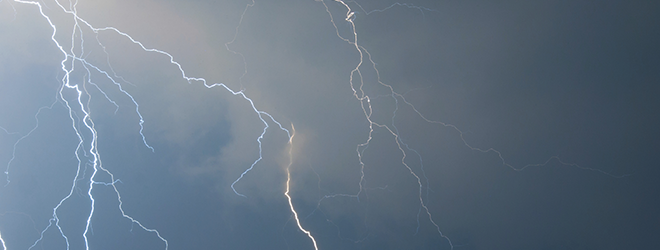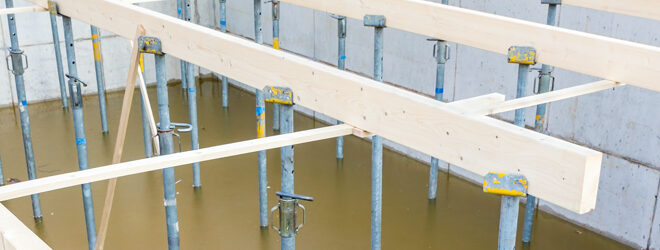Working outside in the winter comes with a number of unique risks. With temperatures dropping and snow and ice coating the ground, workers need to be extra careful. A big winter storm could knock out electricity, heat, and communications for hours, or even days, as evidenced by the snow storm that shut down the entire city of St. John’s, Newfoundland for 8 days in 2020. Climate change could make these winter storms more frequent and intense, since warmer air holds more moisture.
With additional risks, it’s vital to take appropriate precautions as both a worker and a manager, to ensure you and your employees remain safe throughout the season. Below we outline some key measures to help ensure nothing goes wrong while working outside in the winter:
Clothing for outdoor winter work
Without the proper clothing, workers can open themselves up to risks like frostbite, hypothermia, and freezing of exposed extremities like fingers, toes, and ear lobes. In fact, the Canadian Centre for Occupational Health and Safety advises that those working in temperatures at or below four degrees celsius should wear protective clothing. But what does protective clothing entail?
- Layers should be worn so one can adjust the amount of clothing they’re wearing based on the temperature. Layers are also helpful in cold temperatures, as the air between layers provides better insulation than the clothing itself.
- Wear a wind-resistant outer layer. If it’s raining or snowing outside, a waterproof outer layer should be worn.
- Moisture wicking fabric will keep sweat from freezing and keep you dry. If clothing that you are wearing becomes wet, its insulation value will drop dramatically.
- Shoes that are waterproof or treated with waterproof materials should also be worn. Footwear should have good traction, to help reduce the likelihood of a slip and fall injury.
- A knit cap or liner should be worn under hard hats.
- Scarf and mittens (or insulated gloves) should be worn if necessary.
- If protective eyewear is needed for your line of work, ensure it provides protection against ultraviolet light from the sun, glare from any snow, blowing snow and ice crystals, and high winds at cold temperatures.
Precautions to take when working in the cold
When working outside in the winter, here are some things to consider before you step out the door:
- The weather: Be sure to monitor weather warnings and keep an eye on notices from Environment Canada for wind chill warnings and cold alert notices.
- The location of your job: Take where you’ll be working into consideration. For instance, if you’re going to be working on a roof and there’s freezing rain overnight, you’ll want to take extra precautions or reschedule the work, if possible.
- Tools: Workers should not remove their gloves while working outside, if possible. Ensure that any machines or tools you or your employees are using are designed so that they can be operated while wearing gloves. Some tools may also not work at their best in extreme cold, so plan accordingly if work needs to be done inside a garage or workroom.
- Breaks: Set up warm break areas so there’s somewhere for employees to go and warm up if needed, taking social distancing protocols into consideration. If you’re working outside, try to plan for breaks to give yourself time to rest, warm up, hydrate, and eat.
- A buddy system: Asses the work being done and consider having a buddy system if circumstances warrant it. For example, if you’re working at heights or in a confined space, you may want another person on site in case of an emergency.
- Education: Implement a worker training program to educate employees on the hazards of working in cold temperatures, the health effects, and prevention techniques against cold-related illnesses.
Protect your small business with the right insurance policy
Successfully managing your small business involves more than just your skills and hard work, especially during the colder months. It’s also about being prepared for unexpected issues that can arise. To get the right coverage that’s tailored to you and your business, visit our Business Insurance page today.




